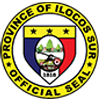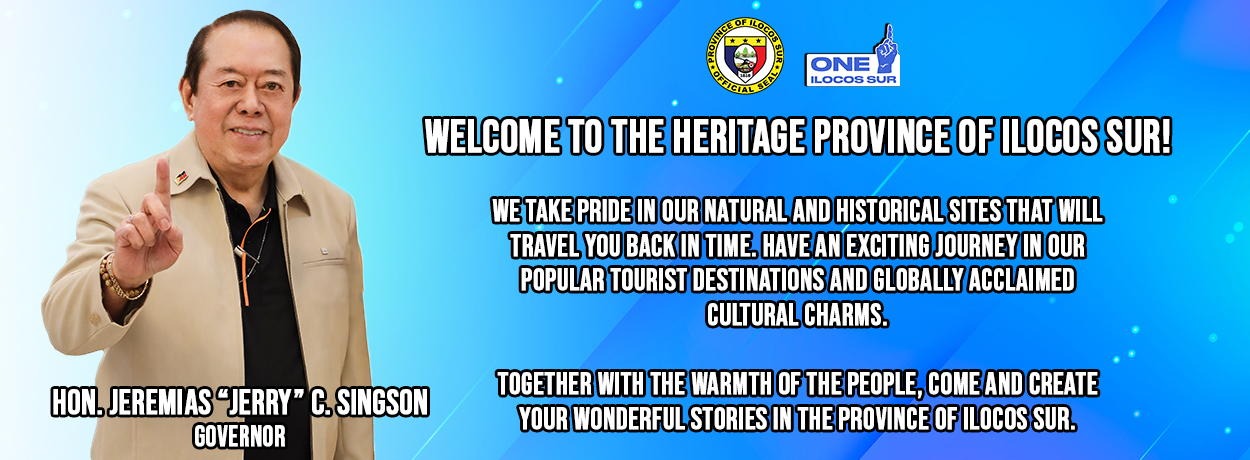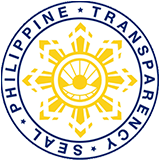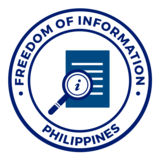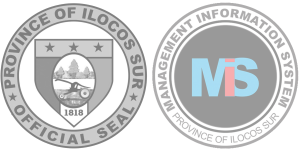San Emilio, Ilocos Sur got an added boost with the inauguration of a bridge connecting Sitio Cangao, Brgy. Tiagan going to Poblacion Area, a concrete stage of Cangao Elementary School, and a Multi-purpose Building of Sitio Burayoc, Brgy. Paltoc that will serve as San Emilio Police Sub-Station. All of these were seen to prop up continue reading : Aiming to attain a more inclusive community development Governor Jerry Singson and Mayor Joey Warren Bragado led the inauguration of the three major projects.
Secretary Christina Garcia-Frasco delivered the roll out of Philippine Experience Program and started exploring Ilocos Sur.
The Department of Tourism (DOT) led by Secretary Christina Garcia-Frasco delivered the roll out of Philippine Experience Program and started exploring Ilocos Sur. The Philippine Experience Program is a heritage, culture and arts caravan that seeks to give opportunities for tourists to visit not only key tourist destinations but also lesser-known destinations to experience their continue reading : Secretary Christina Garcia-Frasco delivered the roll out of Philippine Experience Program and started exploring Ilocos Sur.
Hear Mental Health Caravan 4th Leg in Poblacion, Santa, Ilocos Sur last 18 March 2024 as part of the celebration of Women’s Month
The Provincial Government of Ilocos Sur in collaboration with the Local Government Unit of Santa conducted the Hear;Hear Mental Health Caravan 4th Leg in Poblacion, Santa, Ilocos Sur last 18 March 2024 as part of the celebration of Women’s Month to empower women through the improvement of their mental health and well-being. “Together, let us continue reading : Hear Mental Health Caravan 4th Leg in Poblacion, Santa, Ilocos Sur last 18 March 2024 as part of the celebration of Women’s Month
The people of Sigay availed the various health services provided by the One Ilocos Sur Health Caravan of the Provincial Government of Ilocos Sur.
The people of Sigay availed the various health services provided by the One Ilocos Sur Health Caravan of the Provincial Government of Ilocos Sur led by Governor Jerry Singson as part of the municipality’s Town Fiesta and Coffee Festival 2024. The caravan offered free medical and dental consultation, minor surgery, free medicines, vitamins, and assistive continue reading : The people of Sigay availed the various health services provided by the One Ilocos Sur Health Caravan of the Provincial Government of Ilocos Sur.
Provincial Government of Ilocos Sur piloted the PGIS for Young Ilocos Surians at Butir Elementary School, Sta. Maria.
In celebration of National Women’s Month, the Provincial Government of Ilocos Sur piloted the PGIS for Young Ilocos Surians at Butir Elementary School, Sta. Maria. A lecture series was conducted about the basic rights of children fostering proper management of early childhood care and development, and oral healthcare awareness followed by oral check-ups. PGIS also continue reading : Provincial Government of Ilocos Sur piloted the PGIS for Young Ilocos Surians at Butir Elementary School, Sta. Maria.

CALENDAR OF ACTIVITIES
| M | T | W | T | F | S | S |
|---|---|---|---|---|---|---|
| 1 | 2 | 3 | 4 | 5 | ||
| 6 | 7 | 8 | 9 | 10 | 11 | 12 |
| 13 | 14 | 15 | 16 | 17 | 18 | 19 |
| 20 | 21 | 22 | 23 | 24 | 25 | 26 |
| 27 | 28 | 29 | 30 | 31 | ||
The 10 Point Agenda
- Agricultural Productivity (74)
- Biodiversity and Environments (40)
- Education and Learning (65)
- Health, Safe, and Diverse Citizenry (177)
- Inclusive Social Welfare (93)
- Local Economic Development (79)
- Participatory and Anticipatory (302)
- Resiliency Amid Adversities (86)
- Technological Innovations (14)
- Tourism Blueprint (118)
- Uncategorized (133)
